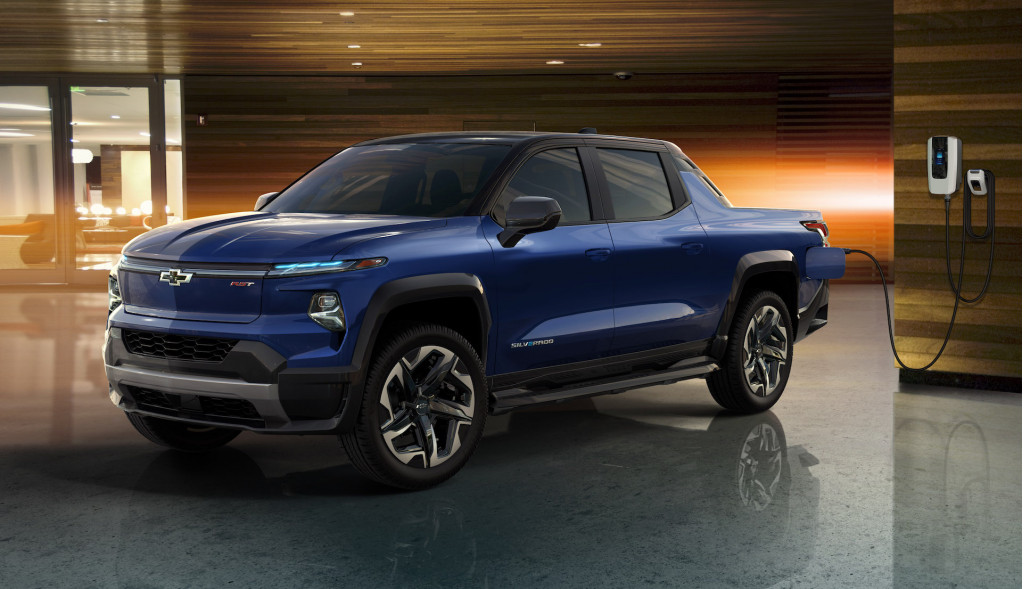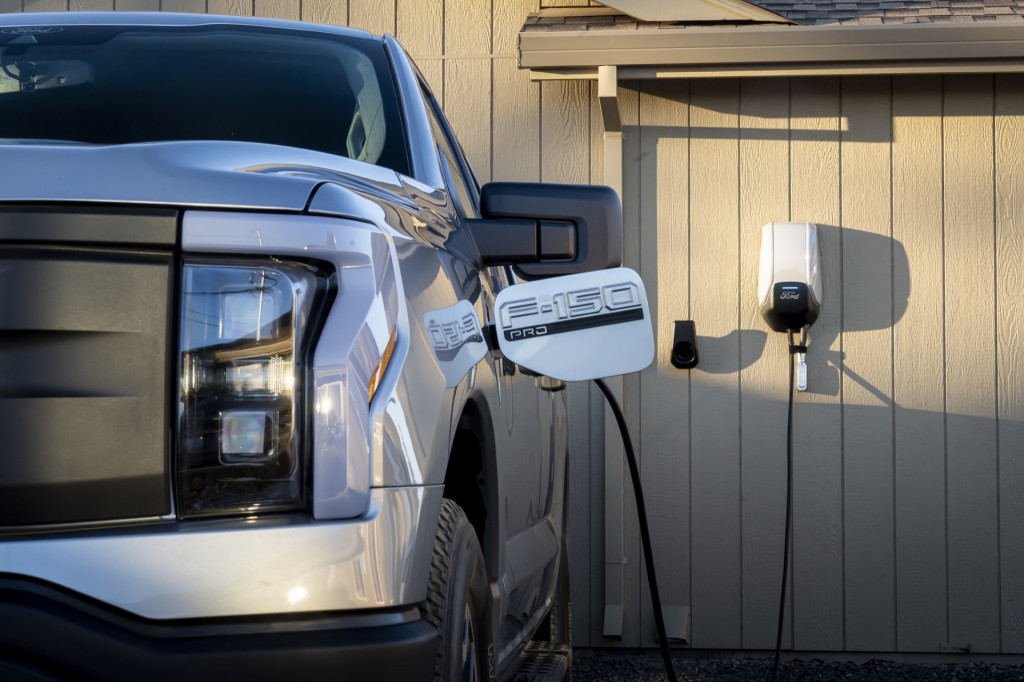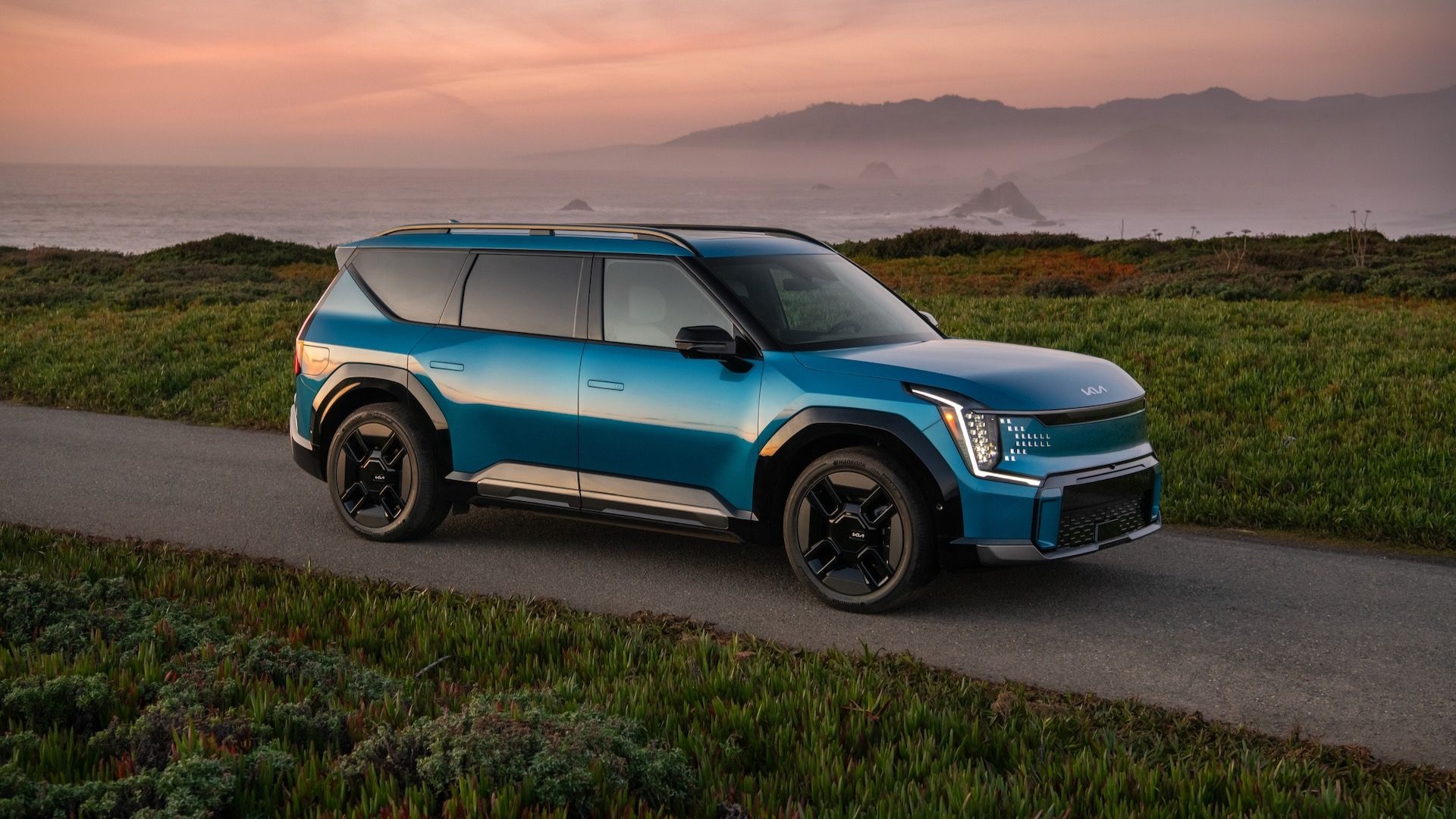The United States Department of Energy and several stakeholders have released a memorandum of understanding (MOU) to spur integration of bidirectional charging for EVs and infrastructure.
First spotted by solar-focused PV Magazine, the MOU brings together several Energy Department offices, the California Energy Commission, California Public Utilities Commission, the cities of Los Angeles and Lancaster (California), vehicle manufacturers Ford, General Motors, Lucid, Nissan, and Lion Electric, utility Pacific Gas and Electric, and the International Brotherhood of Electrical Workers Local 11 union, among others.
The goal of the collaboration, which based on the participants seems to be mostly California-based, is to bring stakeholders together and coordinate efforts on bidirectional charging, which allows EVs to discharge power back into the grid. Automakers have also promoted it as a backup power source for homes, a way to power tools or electronics, and even a way to charge other vehicles in a pinch.

2024 Chevrolet Silverado EV
"The intent of this MOU is to collaboratively explore opportunities for research, engineering, and infrastructure investments that will accelerate and enable bidirectional [plug-in vehicle] integration into the electrical grid," potentially including demonstration bidirectional charging stations, the document said.
Several demonstration projects have already been launched to show how coordinated bidirectional charging of a fleet of EVs could stabilize the grid. But a lack of production vehicles capable of bidirectional charging has made this a moot point.
But now some automakers are hinting that they want to make bidirectional charging capability widely available, soon. A report earlier this month said Volkswagen plans to add bidirectional charging to EVs based on its ubiquitous MEB platform later in 2022.

2022 Ford F-150 Lightning Pro
The Ford F-150 Lightning will be one of the first products to offer the corresponding home hardware and be covered under warranty by the automaker.
The Hyundai Ioniq 5 and Lucid Air were both designed for bidirectional charging, but neither automaker have detailed the home hardware needed to send power back into the grid.
Some companies, including Ford and General Motors, are also continuing to study the role of EVs in grid stabilization through pilot programs. GM and Pacific Gas and Electric announced such a program for California in March.












